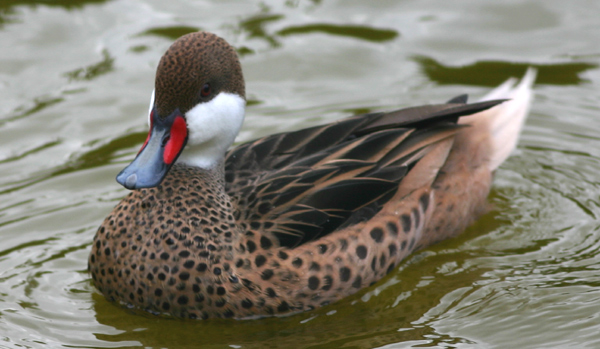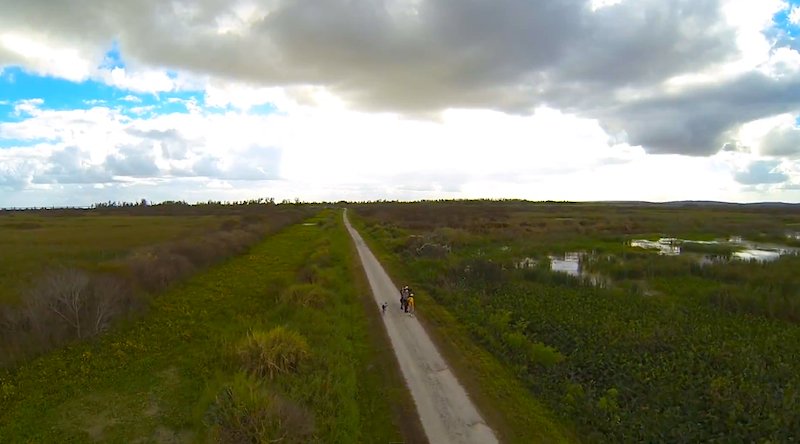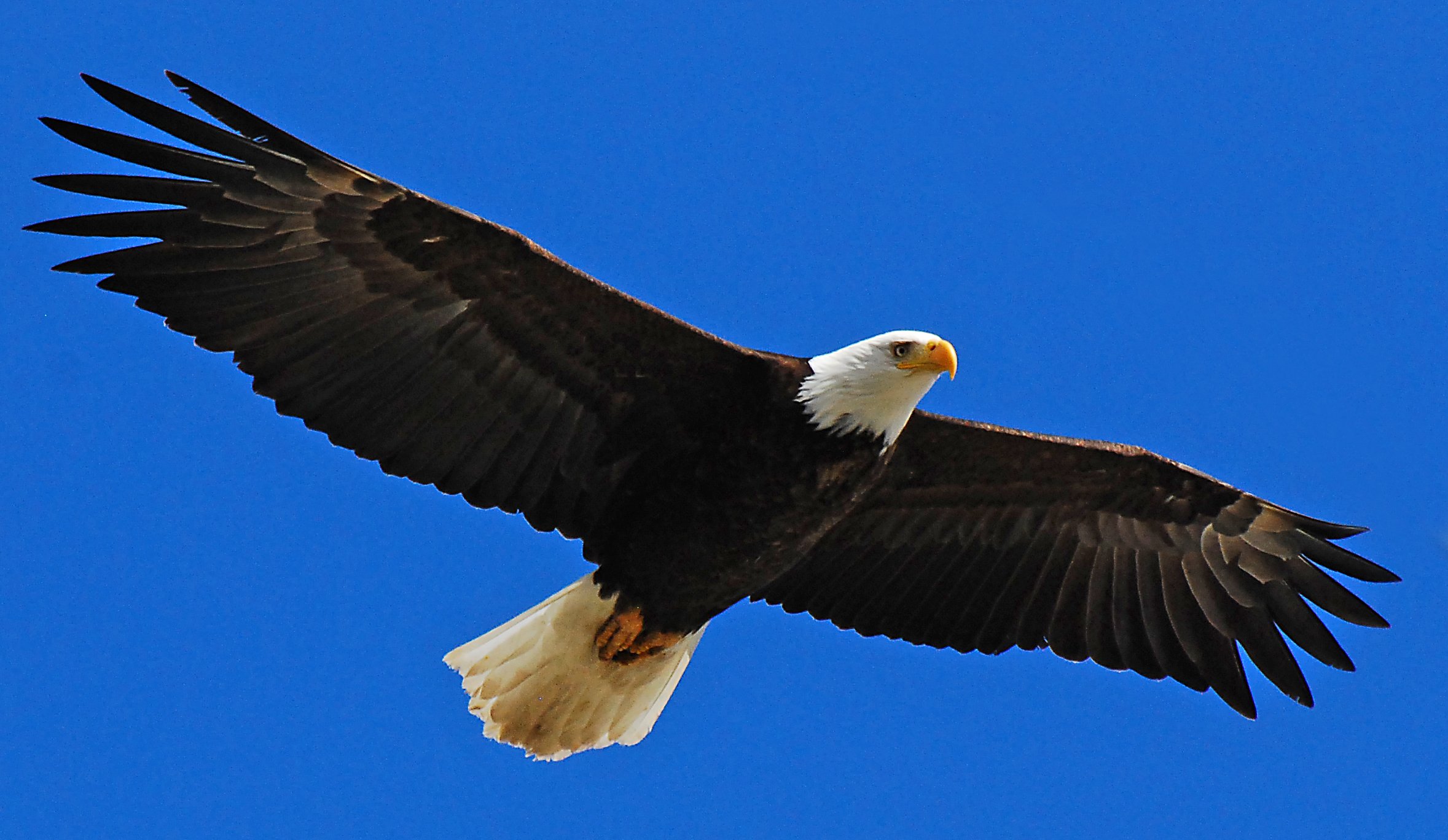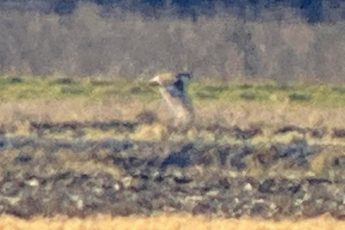The North Carolina birding community (and South Carolina too) has been hopping with the report of a White-cheeked Pintail, one of the more sharp-looking representatives of a particularly sharp-looking family of birds, at a wildlife refuge on the Outer Banks. But the bird’s striking visage is hardly the only reason the local birdery’s interest was piqued. White-cheeked Pintail is not a native North American bird, and the closest it comes to our shores is the rather significant population in the Bahamas. As such it occasionally ends up in Florida, like so many Bahamanian birds following fair winds, and a handful of records exist there. But to have one so far up the coast in North Carolina, while not entirely out of the question, is something else entirely. And yet cars were not revved, sick days not faked, and though the bird has been rather easily seen on a daily basis at a highly traveled refuge, the big state listers have not really been rushing out to find it. The reason, despite the seemingly winning combination of beauty and rarity that is the raison d’etre of the twitcher, is fairly obvious to anyone with experience dealing with Rare Bird Committees and baffling to those who don’t.
It’s a duck, see, and who knows where those guys come from?
White-cheeked Pintail is not just a fabulous West Indian vagrant, it’s also a kept bird, a common species raised in waterfowl farms all over the country along with any number of colorful and exotic duck species from all over the world. The fact that an extensive network of duck breeders exists instantly calls into question the provenance of any potential vagrant duck species, particularly those from the Palearctic and the Neotropics, anywhere on the continent. As you might imagine, for birders interested in playing by the “rules” and especially the state bird records committees tasked with determining the origin of these birds, this is a nightmare, especially since White-cheeked Pintail is not an entirely unexpected vagrant in this part of the country. The Bahamas are, after all, only 600 miles away. Practically an afternoon jaunt for a duck!
The discovery of this bird set off a really interesting and transparent discussion (an example of how listservs can stay relevant in an increasingly complex social network) on the merits of determining origins of potential vagrant waterfowl, one that any birder might find useful.
Turns out there are several clues that birders should look for on birds like these, the most obvious being any signs of clear domestic origin like non-federal bands or clipped hallux (the rear facing nub of a toe) or obvious lack of wariness. Absent all of those clues, you definitely have reason to start thinking the bird is wild, but that’s hardly enough to be certain. Usually, all other things being absent, that’s only enough for a wary bird committee to punt the bird to the dreaded “unknown origin” category, the death knell of so many potentially good waterfowl vagrants.
But the North Carolina bird, and another Pintail from the week prior from Chincoteauge, Virginia, offered additional pieces to the puzzle. The birds arrived in the wake of a storm system, Tropical Storm Nicole. A unique series of weather events that was like, as one local birder put it, “running a hose from the Caribbean”. We birders in the Southeast are well aware of the potential of storm systems like Nicole to blow some cool birds along with the wind, but conventional storm blown birds like tubenoses and terns get all the press while ducks are rarely considered even though there’s no reason to think that they wouldn’t be subject to the same weather as any other bird.
But this leads to even more questions now. Why do birds that flock after breeding in their core range show up solo as vagrants, especially if they’re storm blown birds? Wouldn’t an entire flock be more likely to get caught up together? Why do we question the provenance of a White-cheeked Pintail and not, say, a solo Cinnamon Teal, another commonly bred species, but one native to North American and regularly accepted by Rare Bird Committees in eastern states? Does it matter that the pintail would only have to travel 600 miles and the teal several thousand? Have I lost everyone reading this post?
Some state rarity committees may have general policy guidelines when it comes to dealing with vagrant waterfowl, that take everything into account; range, distance from the state in question, season of occurrence, location where seen, with other waterfowl of its species or with other species or a loner, wariness, feather/plumage condition, associated weather factors, commonness in captivity, etc etc etc. These criteria may seen somewhat arbitrary and inconsistently applied, and you’d be right. Bird record committees, for all the good they do as gatekeepers of bird records, can be frustratingly slow and often opaque in their actions. But the bottom line is that it’s exceptionally hard even for bird committees, who consist of experienced birders, to figure out where waterfowl like White-cheeked Pintail coming from. But here’s the dirty little secret…
You don’t need them.
You don’t need to abide by the bird committees’ decision. Sure they want you to have that impression, but even if you’re one of the birders who like submitting their lists to the ABA every year, you don’t need their OK. In fact, you could even make the argument that too much deference to bird committees can prevent us from a full understanding of waterfowl vagrancy in the present, in that it can encourage birders to ignore these weird birds. But they’re here. They’re interacting with wild species. And they should be paid attention to. In my capacity as eBird reviewer for North Carolina I accept these birds, this particular bird included, for precisely those reasons because for eBird to function as a database to analyze bird distribution, every individual, regardless of provenance, should be included (of course eBird also offers an option to make notes about provenance too). But you only have to believe, based on your observations, than the bird is free-flying and wild to count it as such. That’s not to discount the important work that those volunteers on the committees do and the knowledge they amass, but in the end, it’s your list. Or not even that, if you don’t bird that way.
As for the White-cheeked Pintail on the Outer Banks, it persists. Recent flight photos, however, show some interesting primary molt and could even suggest that the bird was was pinioned in the past. Such an observation would probably be the nail in the coffin for the possibility that this individual is a wild type bird, but that doesn’t mean the next one won’t be. On the other hand, Fish and Wildlife Staff say the bird has been there since July! So in the end, who knows?
The important thing to take from all this is that you should keep paying attention to those crazy ducks, you never know what you might find. And they’re still pretty sharp besides.







 New writers welcome – please contact us for details.
New writers welcome – please contact us for details.

















Records committees determine which unusual reports may enter the scientific data base. That is the ONLY reason for their existence. Competitive listers may – as a side effect – use the committee’s judgement as a rather neutral way to prevent people from “cheating” or “stringing”. That’s all there is to it. Apart from that, enjoy the bird.
I know in NYS… NYSARC has started to soften its stance on waterfowl and is now accepting reports of Barnacle and Pink-Footed Goose, two species which until recently were always thought to be escapes, I assume their minds were changed because the birds were almost always associating with Canada Geese that were banded in Greenland, where both Barnacle and PF Goose occur, so it made sense that 1 or 2 individuals would simply follow a mass group of Canada Geese for the winter.
As for more exotic waterfowl, I think they have to be reviewed on a case by case basis, but I agree that we should not be quick to call something and escape without proof.
@Jochen- Yup, and I wish more people realized that. I think there can be an unfortunate stigma for those birds that don’t get accepted or remain in limbo.
@Will- Geese seem easier to me, since they always seem to travel in groups and it’s not unusual to find a rare one mixed in with common ones. In fact, that seems to be the only way you find them. But ducks, they always show up one at a time, and even legit vagrants seem separate. It’s definitely hard. People are pretty much writing this Pintail off at this point, but who knows…
Oh YES, Nate writes on 10,000 Birds. How cool is that 🙂
@Charlie- Pretty cool, I reckon.
Great post, Nate. Here in Ontario, the one that bugs me the most is European Goldfinch. They’re annual here, and found throughout the province in ones and twos. There were six reports in 2009. I’ve never seen a European Goldfinch accepted in the time I’ve been reading our records committee’s reports. They make a note at the end, “The sightings of Eurasian songbirds, such as European Goldfinch, continue although there is still no evidence to suggest that any are now established in the province.” I get if one bird turns up… but are there really that many people releasing cage birds in the province? On the flip side, I suppose, one could wonder if there are really that many vagrants from Europe. Who knows?
Maybe we should be catching these birds and doing isotope analyses on their tail feathers to try to determine origin…
It’s been said before and will be said again, but records committees need to abandon the forensic model for the archival model: they should be recording occurrence rather than “determining” provenance.
@Seabrooke- Eurasian finches in the northeast! Another indigestion inducing group! Isotope analyses and such would definitely be interesting. But are there any records of the birds nesting? If so, the argument that they’re not established would be academic.
@Rick- Hear hear!
I am so glad eBird accepts such sightings as these. Last spring we had a Hooded Crane in Idaho, provenance unknown. Whether it was one of three escapees nine years ago or not, being able to report and record a vagrant or even a domestic escapee somewhere is important to science too.
@ Rick.. I disagree to an extent. All you need to do is look at the 2008 NYSARC report and you will see pages after pages of species that should be rejected, so I think these groups should set standards, but also be willing to change them as new information comes in. But I believe that there should be proof that the bird is an escape, in others words.. “Wild until proven not”, with high resolution photography in the hands of just about everyone, this is getting easier than it used to. I’m also in favor of banding vagrants for anaylsis and to see if the bird turns up someplace else or even returns home. I think we could learn a lot.
Will, I still think that the presence of an organism is more significant than its origin. Records committees should do nothing more than adjudge the correct identification of a bird and summarize–not accept or reject–the arguments (if such there be) for its wildness. Ultimately I’m a lot more interested in what’s out there than where it came from. (“Countability” is a different issue entirely, of course.)
Great post Nate. You’re not spreading yourself too thin at all.
I’ll never forget as a young bird painter needing to draw some scaup, goldeneye and others from life. I rooted around a bit with some bird carvers I knew and with a couple of phone calls turned up a treasure trove of exotic waterfowl with an hour of my home in CT. Just guys keeping amazing stuff right in their backyards. I never dreamt! Mandarin ducks and ruddy ducks and scaup and redheads; hoodies and teal of all stripes. Before that experience, I had wondered why rare records committees were so tough about waterfowl. People do the weirdest things!
Great post.
@Robert- Agreed!
@Bob- That’s kind of you to say. We’ll see if the rest of this gig goes as well as the first day. 🙂
@Julie- Thanks, and you’re right. There’s a large waterfowl park in the middle of nowhere eastern Carolina that has a ton of bizarre birds from all over. They usually do a good job keeping their birds on their property, but I can’t help but think that’s on the mind of every birder and records committee member considering something like this.
Cool post! I bet this one is a wild bird but given that the provenance of vagrant birds should be determined in a conservative, scientific fashion, one can understand why the bird record people opt for an “origin unknown” label. Nevertheless, I think Rick makes a good point about the importance of keeping records of birds no matter where they may have come from.
Thanks especially for emphasizing that birders should go out, watch, and count whatever birds they see regardless of committee decisions.
Yeah, but I still understand the stigma for ducks and other waterfowl.
#1 there are few if any breeders of vagrant warbler, boreal finche, Cuckoo, etc. species.
#2 Waterfowl seem really good at surviving in the wild, while I would venture to guess a lot of other vagrents tend to be a little more specilized in the their habitat and food needs, leading them to greater mortality and less time kicking around vagrarnt areas.
Sorry if these points were made earlier!
JB
P.S. Nevertheless, I agree that if you honestly believe the bird is wild report it as such. Otherwise, report it and note in eBird that it possibly/probably is an escapee.